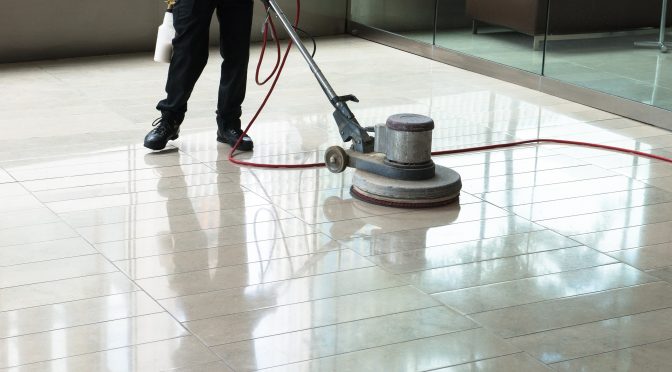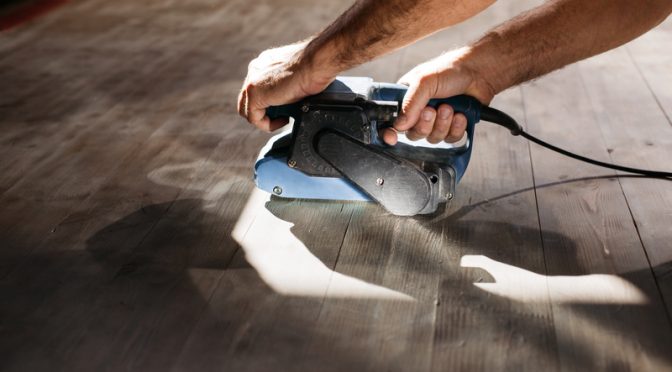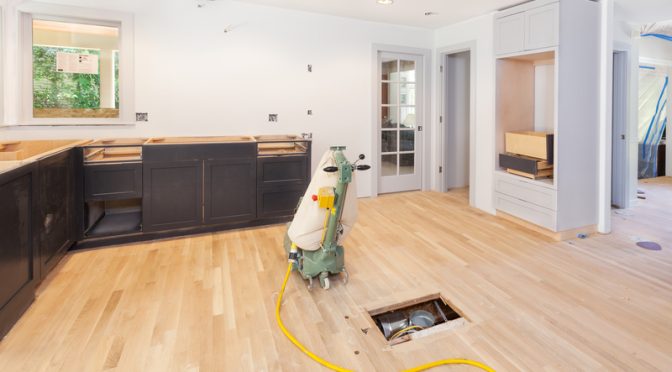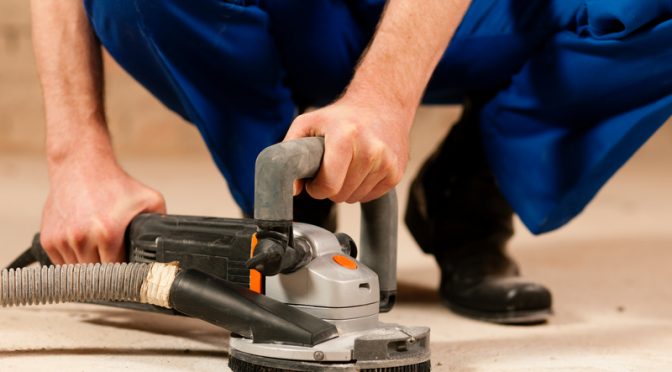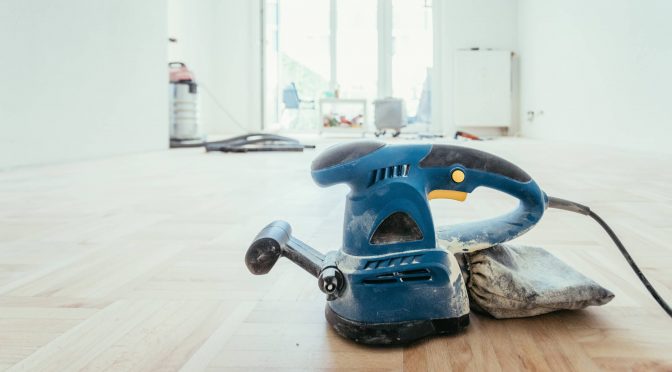As the year draws to a close, it’s the perfect time to give your floors the attention they deserve. Whether you manage a busy commercial space or simply want to keep your home spotless for the festive season, year-end floor maintenance plays a crucial role in preserving your flooring’s appearance, hygiene, and lifespan.
Floors endure daily wear from foot traffic, dirt, moisture, and changing weather — and by December, many surfaces need a little care. A structured year-end cleaning and maintenance routine helps prevent long-term damage and sets your floors up for a fresh start in the new year.
Why Year-End Floor Maintenance Matters
For commercial properties, such as offices, retail spaces, and hospitality venues, floor maintenance isn’t just about aesthetics—it’s a matter of hygiene, safety, and compliance. Clean, well-maintained floors create a professional image and ensure compliance with UK workplace standards related to cleanliness and slip prevention.
For residential homes, the motivation is more personal. Clean floors mean a healthier, more comfortable environment for your family. Dust, allergens, and winter grime can build up throughout the year, and refreshing your floors before the new year helps protect your flooring investment and maintain indoor air quality.
What Should Be on Your Year-End Floor Maintenance Checklist?
Your exact checklist depends on the flooring type and setting, but these universal steps form a solid foundation for both commercial and residential environments:
- Inspect all floor areas for signs of wear, scratches, or loose boards.
- Deep-clean using suitable products for your flooring type.
- Recoat or refinish if the protective layer has dulled or worn away.
- Protect high-traffic areas with mats and runners.
- Review and update maintenance schedules for the coming year.
Completing these steps before year-end ensures that minor issues don’t turn into costly repairs later on.
1. Inspect and Assess the Condition
Start by examining all your floors — especially in high-traffic zones like entrances, hallways, or retail areas. Look for dull patches, scratches, warping, or moisture damage. For wooden floors, pay close attention to the finish: if the shine is fading or scratches are visible, you may need to sand and recoat the surface.
Commercial clients can use this inspection to document conditions for health and safety records, while homeowners can make note of any repairs or refinishing needed before hosting holiday gatherings.
2. Deep Cleaning for a Fresh Start
A thorough deep clean is essential before the year ends. Over time, dirt, grit, and cleaning residue can settle into floor surfaces, dulling their appearance. Use pH-neutral cleaners and soft mops or microfibre cloths to avoid damaging finishes.
- Wooden floors: Avoid soaking; use a damp mop only. Consider products recommended for sealed wood surfaces.
- Laminate or vinyl floors: Avoid abrasive scrubbers and wax-based cleaners.
- Stone or tile floors: Clean grout lines with mild solutions and reseal if necessary.
For commercial properties, this may mean hiring a professional cleaning team to tackle high-traffic areas and deep-clean floors overnight or during downtime.
3. Address Finish Maintenance and Refinishing Needs
By year-end, even well-maintained floors can show signs of fatigue. Refinishing or recoating your wooden floors can restore their lustre and extend their lifespan.
If you notice visible wear through the finish or patchy colouring, it might be time to schedule professional floor sanding and refinishing. This process removes surface imperfections, smooths the texture, and adds a fresh protective coating — leaving your floors looking brand new for the new year.
For London homeowners and businesses, Floor Sanders London provides professional-grade equipment, bundles, and accessories to help you achieve excellent results, whether you’re tackling the job yourself or hiring a specialist.
You can explore our floor sander packages and sanding tips for expert guidance.
4. Protect Floors from Winter Conditions
The UK winter can be harsh on floors. Muddy boots, road salt, rainwater, and grit are frequent culprits of surface damage and discolouration. Preventative measures can make a world of difference:
- Use entrance mats and runners to capture dirt before it spreads.
- Establish a “no-shoes” rule indoors for residential properties.
- Dry wet floors immediately to avoid swelling, warping, or staining.
- Place felt pads under furniture to prevent scratches when rearranging for the festive season.
Commercial buildings can also implement matting systems and regular entryway cleaning schedules to reduce tracked-in debris.
5. Choose the Right Cleaning Products
Using the wrong product can do more harm than good. Avoid bleach, harsh detergents, or wax-based solutions unless recommended for your floor type. Instead, invest in eco-friendly and pH-balanced cleaners that preserve finishes without leaving residues.
Find the best of the best floor sanding accessories and maintenance tools for your floors. Don’t forget that the right products go a long way to supporting safe cleaning and upkeep.
6. Plan Maintenance Around Downtime
For commercial premises, December often brings quieter operational periods — making it the ideal time to conduct deep cleaning or refinishing without disrupting business activities.
Scheduling professional sanding or recoating before the new year ensures that your floors are ready for increased footfall in January, giving your space a refreshed, professional appearance for returning staff and customers.
Homeowners can take advantage of time off over the holidays to reset their home environment, completing floor care tasks before the new year begins.
7. Common Mistakes to Avoid
When performing year-end maintenance, steer clear of these common errors:
- Using too much water on wood or laminate floors.
- Skipping routine cleaning — leading to buildup that dulls finishes.
- Neglecting to reapply protective coatings on wooden floors.
- Dragging furniture without protection.
- Using harsh chemicals that strip natural oils or finishes.
Avoiding these mistakes ensures that your floors remain strong, safe, and visually appealing throughout the coming year.
8. Maintenance Tips for Commercial and Residential Customers
Commercial Premises
For commercial spaces, the focus is on rigorous scheduling, safety, and professional longevity. Establish a scheduled maintenance log to document inspections and cleaning routines. To minimize slip hazards and prevent debris from damaging the floor, ensure entrances and exits have proper matting. For deep maintenance, plan professional sanding or recoating every few years based on the level of foot traffic. Logistically, coordinate maintenance during holiday shutdowns or other slow periods to prevent disruption to business operations.
Residential Homes
In residential settings, the emphasis is on gentle, everyday care and environmental control. For the daily routine, use soft brushes or microfibre mops for everyday cleaning. To prevent wear, place rugs in hallways and play areas to reduce wear from movement. Deep maintenance involves scheduling seasonal deep cleans to prevent damage from moisture or grit. Environmentally, it’s crucial to regularly check humidity levels—especially for wood floors—to prevent warping or cracking.
9. The Year-End Floor Care Checklist
Quick Reference List for the Season:
- Inspect all floors and record any visible damage.
- Deep-clean using suitable cleaners for each surface type.
- Apply or refresh protective coatings as needed.
- Add felt pads under furniture and refresh doormats.
- Clean entryways to prevent grit tracking.
- Schedule any professional sanding or refinishing work.
- Document and plan next year’s maintenance schedule.
Keep this checklist handy for both residential and commercial environments—it’s a simple yet effective way to ensure your flooring remains protected year after year.
To wrap up
Year-end floor maintenance isn’t just a finishing touch — it’s a vital part of protecting your investment, enhancing hygiene, and ensuring your space starts the new year on the right foot. Whether you manage a commercial property or simply want your home to shine through the holidays, adopting best practices now saves time, money, and effort later.
Take the proactive approach: assess, clean, protect, and, if necessary, refinish your floors before the calendar turns. With the right equipment and expert advice from Floor Sanders London, your floors will stay strong, safe, and beautiful all year long.
Refresh Your Floors for the New Year with Floor Sanders London
Give your floors the professional care they deserve this year-end. Whether you’re tackling a full home renovation or refreshing a busy commercial space, Floor Sanders London has everything you need for flawless results. From professional floor sander hire to expert sanding tips, complete bundles, and high-quality accessories, they make it easy to restore your floors with confidence.
Their flexible packages suit both DIY enthusiasts and professional contractors — ensuring every project runs smoothly and cost-effectively. With fast, London-wide delivery, you can get your tools and supplies exactly when you need them.
Don’t start the new year with tired, worn floors — revive them today with Floor Sanders London. Explore our full range of floor sanding solutions and make your space look brand new again.
- Call us at 02084276604.
- Visit us at 17 Cumberland Avenue, Park Royal, London, NW10 7RT
- Submit an enquiry
Request Your Floor Sanding Package Today!

